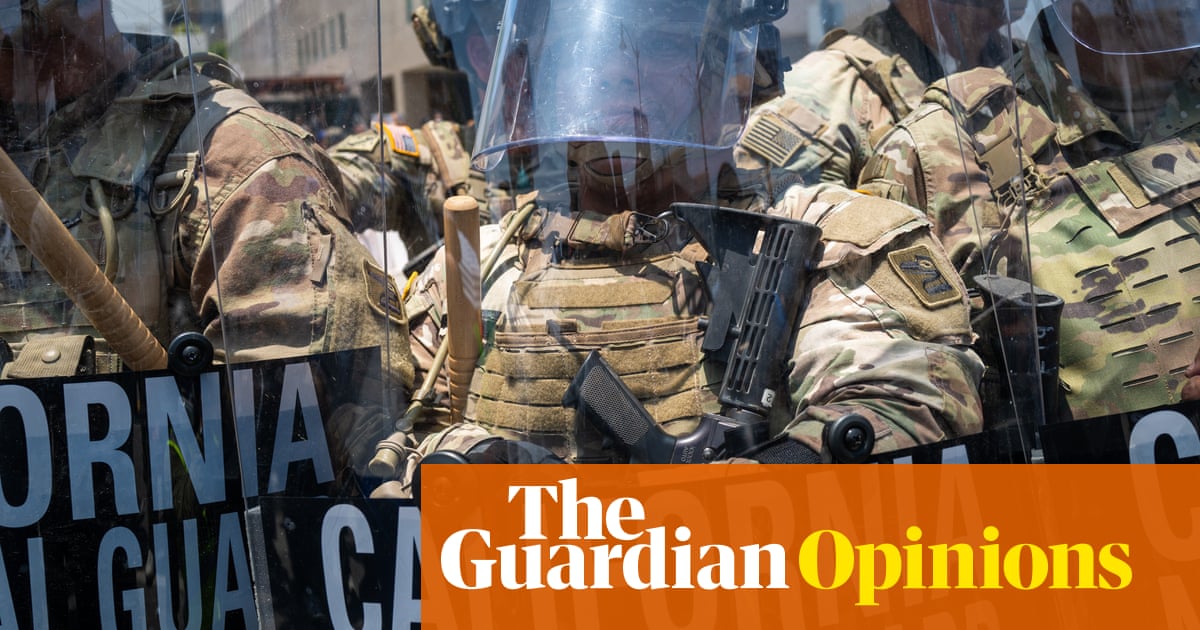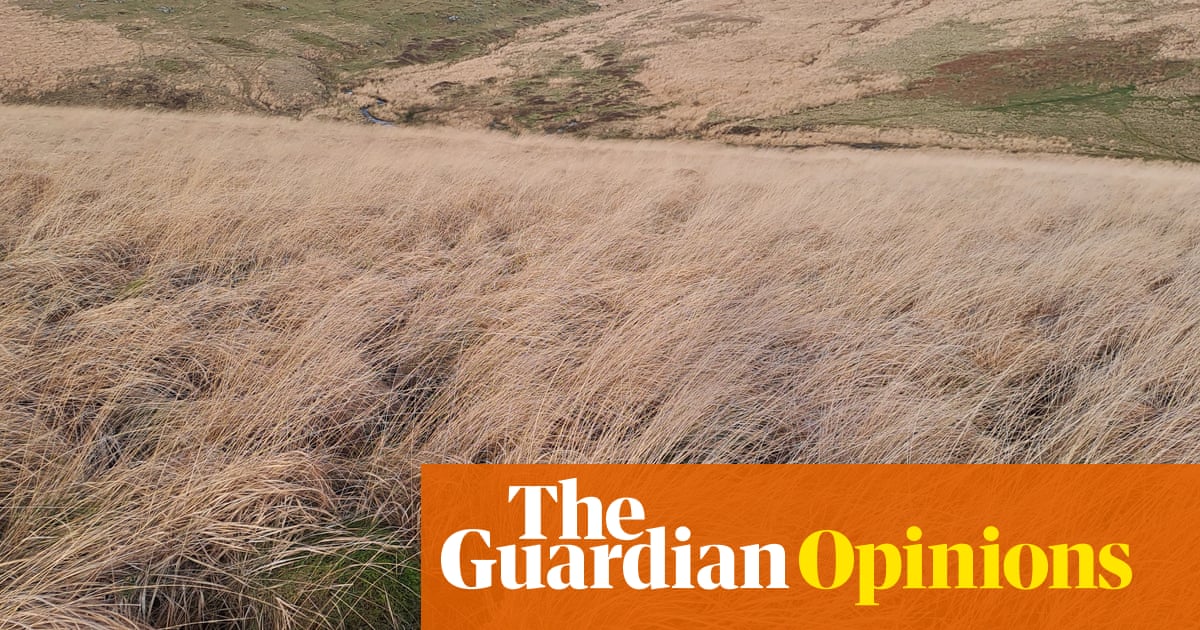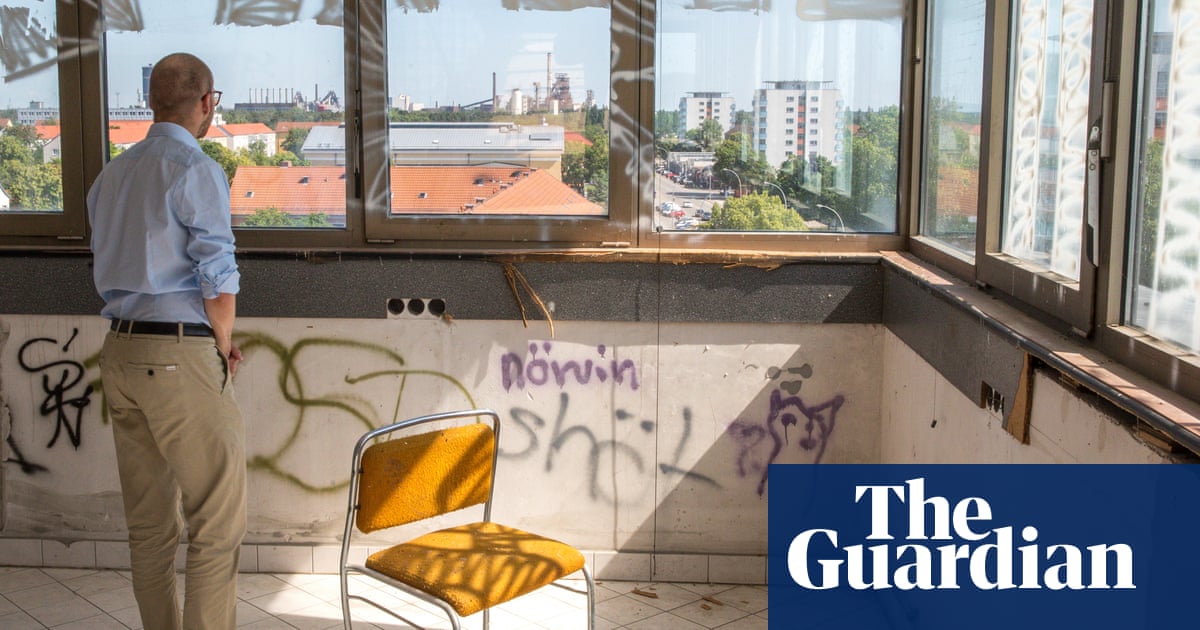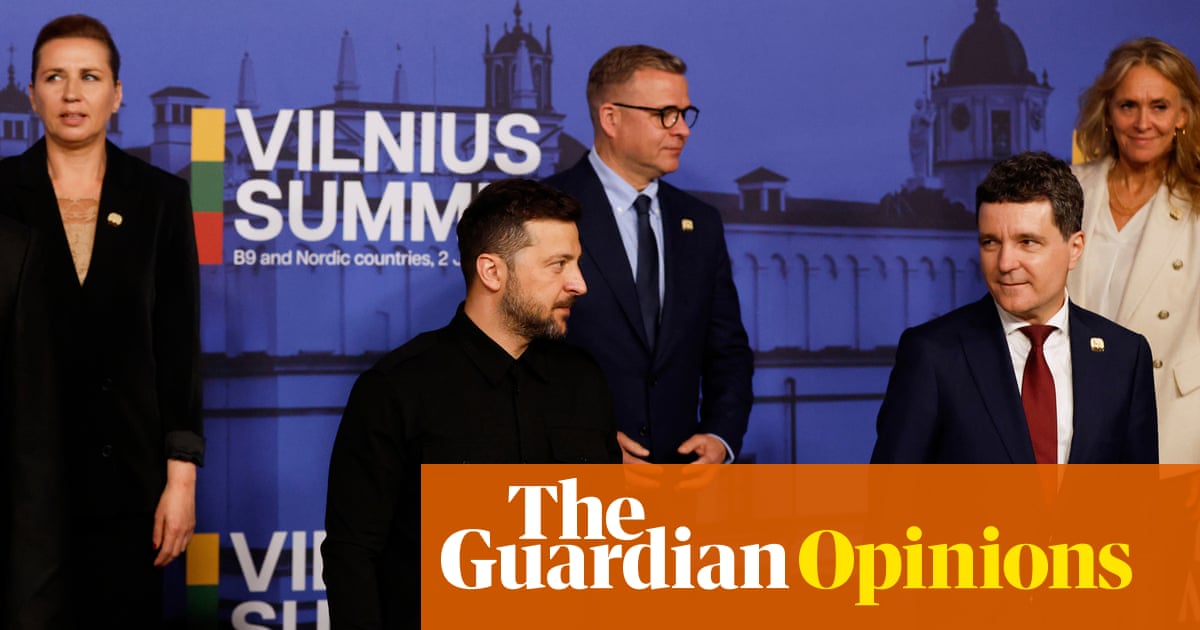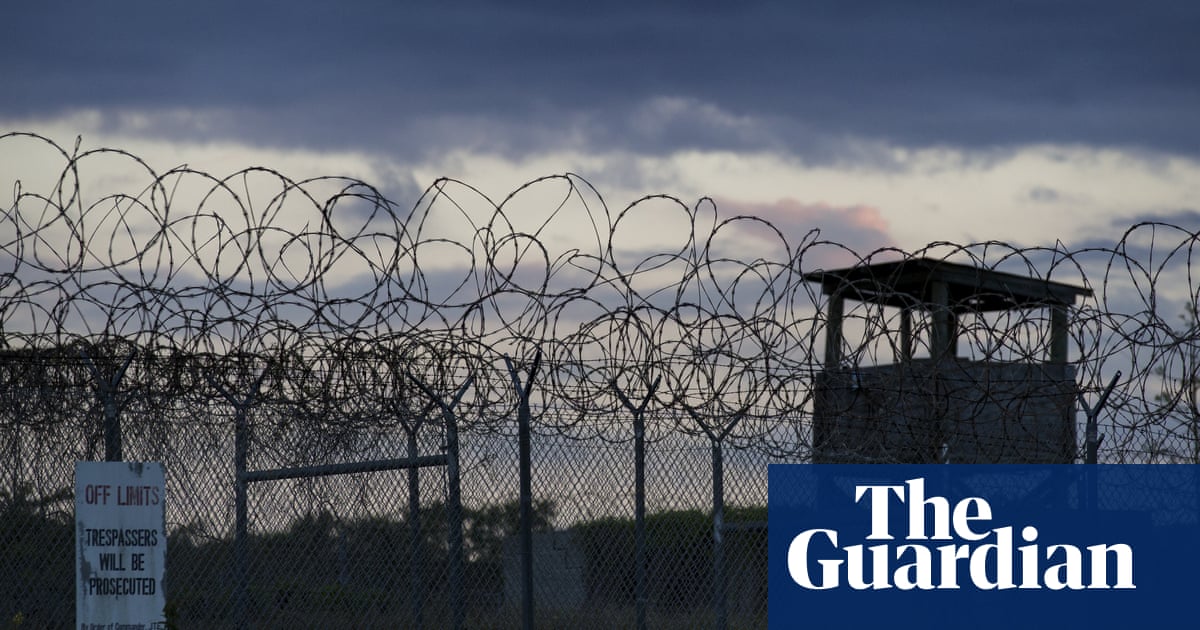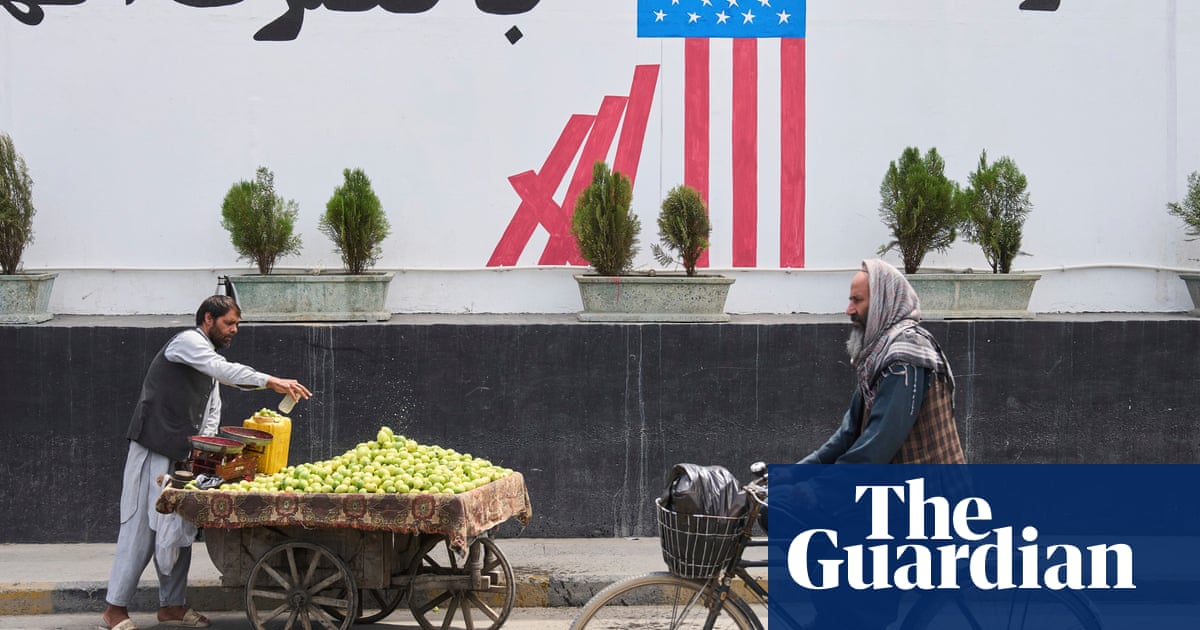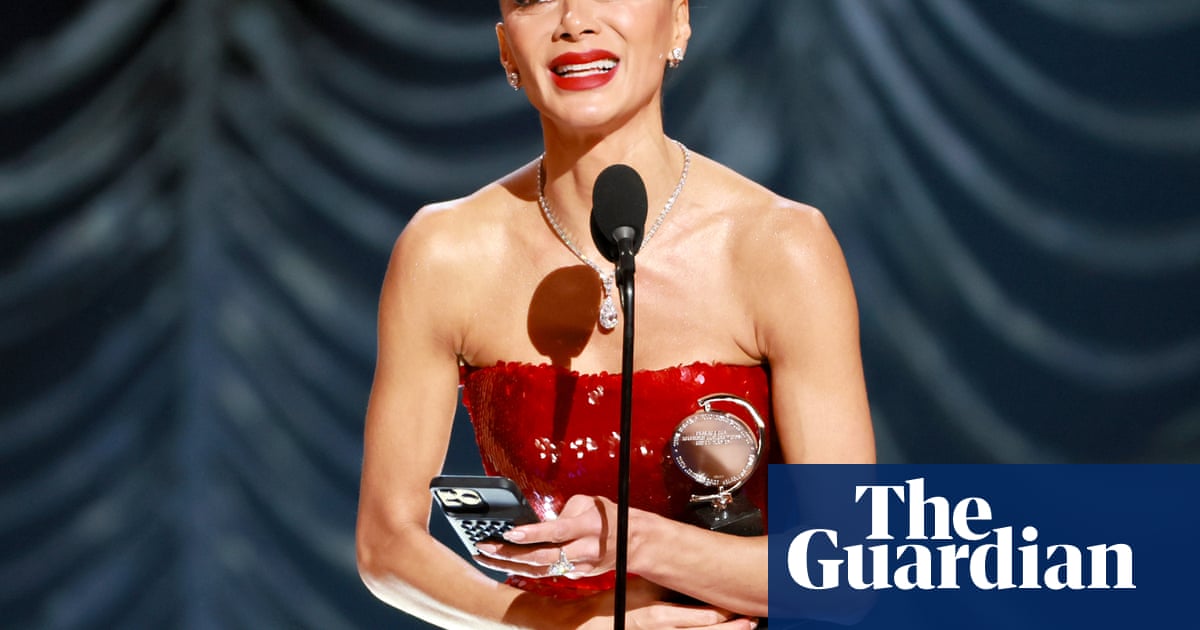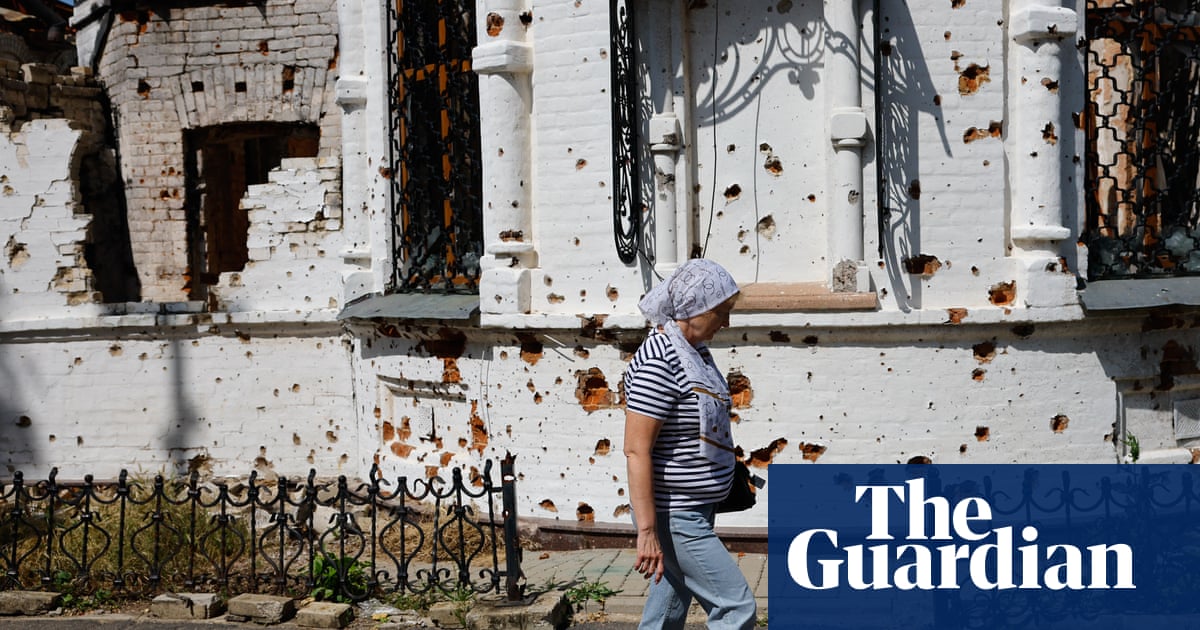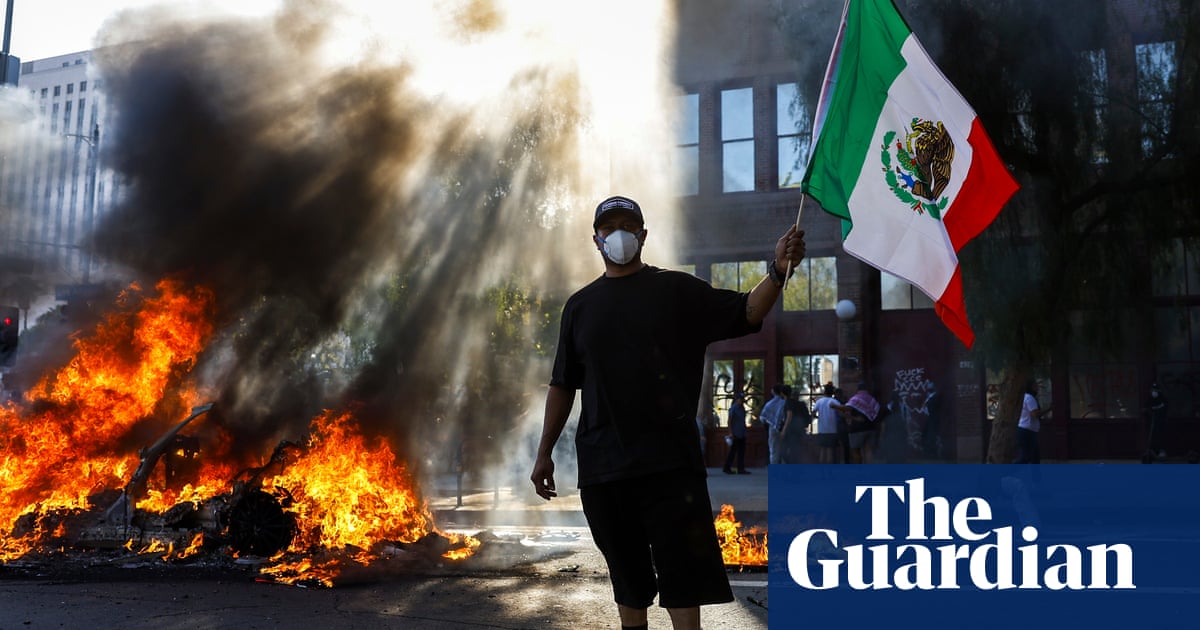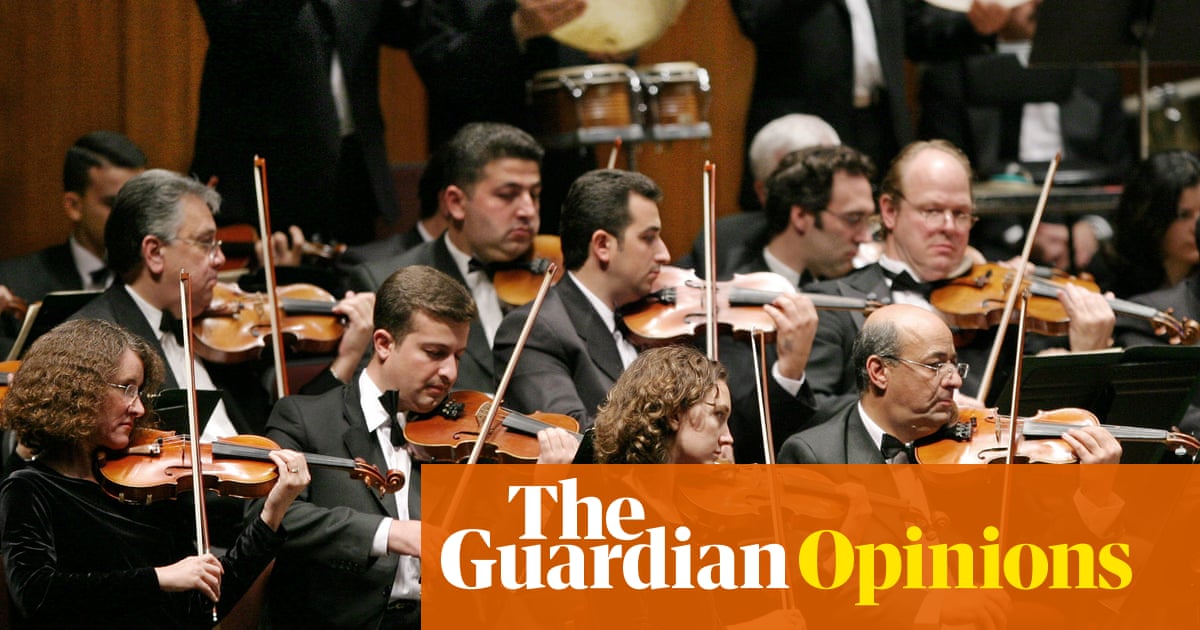As Ukrainians prepare to enter their fourth year dealing with the harsh daily realities of life during conflict with Russia, few will be musing on the comparative economic health of the warring nations. However, inflation figures released either side of the border showed the continued toll the conflict has had on citizens of both countries – with price rises running at 9.5% in Russia and 12% in Ukraine.
Three years on since Russia’s full-scale invasion of Ukraine, economists are examining the relative health of each country.
Standard measures of economic growth favour Moscow, as do the outstanding costs of rebuilding damaged infrastructure should the talks in Saudi Arabia between Vladimir Putin’s team of negotiators and Donald Trump’s bring forward an unlikely - at least in terms of being long lasting – peace deal.
Rusia’s gross domestic priduct (GDP) slumped to -1.3% at the outset of the war but has since recovered to post 3.6% in each of the last two years, according to the IMF. Ukraine’s GDP had sunk 36% by the summer of 2022 befoe finishing the year down 28.3% before rebounding to 5.3% in 2023 and 3% in 2024.
Despite wide ranging sanctions, Russian factories have continued to source the components and raw materials needed to keep the war machine going. An influx of funds from the illicit sale of oil, and to a lesser extent natural gas, nickel and platinum, has allowed for an expansion of a state apparatus that 18 months ago looked on its knees.
Reconstruction hopes
Despite Russia’s lengthy offensive, Ukraine has a brighter future as an independent nation than Moscow propaganda would have anyone believe.
Christopher Dent, a professor of economics and international business at Edge Hill university’s business school, says the Russian president’s best efforts to cause the kind of devastation needed to subdue Kyiv, Volodymyr Zelenskyy and Ukraine’s population have failed, making Ukraine the better bet for an investor should the war end.

An example of Ukraine’s resilience can be found in its electricity market, which has strengthened despite the bombs that have rained down on power stations and transmission cables.
In 2023, an alleged Russian terrorist blew up the Kakhovka hydroelectric power station. The gaping hole in the dam sent millions of litres of water rushing through towns and villages, causing at least $2bn in damages to the surrounding economy.
Since then, a recovery has been under way. While imports of electricity have jumped by a half from 123GWh to 183GWh from January 2024 to last month, exports have soared from just 5GWh to 85GWh over the same period.
“This reflects Ukraine’s growing role in the European super grid,” Dent says, with exports of electricity sent mainly to Moldova, Hungary and Romania.
Ukraine’s ports on the Black Sea are still functioning and trade is flowing west along the Danube, and to a lesser extent by train. Meanwhile, agriculture has staged a major recovery.
Little about the country functions as it did in 2021, but the resilience is remarkable, says Dent.
Looking to the next 10 years, Ukraine has a wealth of metal deposits, many of them rare, that some estimates put at $11tn.
The country’s tax system continues to function, too. December’s tax revenues registered a 50% improvement on the previous year as corporations paid more tax and income tax recovered by about 60%. Another boost came from a 150% increase in excise duty receipts, filling the state’s war chest while most welfare and public service spending was, and still is, paid for by overseas agencies, including loans from the International Monetary Fund.
The labour market remains less vibrant than before the full-scale invasion, according to Maksym Samoiliuk at the Centre for Economic Strategy in Kyiv. Data on the number of people out of work from the Info Sapiens research agency estimates that the unemployment rate was 16.8% in January, which Samoiliuk says still leaves employers short of workers “not least due to Ukrainians’ migration abroad and mobilisation into the defence forces”.
The manufacturing of iron and steel remains a fraction of its prewar level. Before the war, factories were producing about 1.5m tonnes of steel a month compared with an average 0.6m last year.
It’s one of the major reasons, along with lower food experts, that Ukraine’s annual national income remains about 20% lower than its prewar level.
A conference in Rome this summer to discuss Ukraine’s recovery is expected to hear that at least $500bn will be needed to reconstruct the country once the fighting stops.
Uncertainty over sanctions
Liam Peach, a Russia expert at the consultancy Capital Economics, says the Trump/Putin talks are on a course that would probably lack sufficient security guarantees for Ukraine, increasing the likelihood of the conflict reigniting at some point in the future.
“That could limit the amount of capital that investors may be willing to commit to Ukraine’s reconstruction. It could also have negative effects on economies in the region if the perceived risk of doing business on Nato’s eastern border increased. The need for higher defence could put pressure on already stretched fiscal positions,” he said.
Reports that Russia may be willing to sacrifice the $300bn of frozen assets locked up in European financial centres as part of deal to end sanctions may offset the lack of international donors, but still seems unlikely at this stage.
Peach says: “For Russia, the [economic] implications of any peace deal would depend in large part on the extent of sanctions relief.
after newsletter promotion
“Developments this week suggest that the likelihood of US sanctions being lifted has increased. This would be positive for the Russian economy and Russian assets.
“While Europe may be less willing to appease Putin if a deal is less favourable for Ukraine, some leaders (such as Hungary’s Viktor Orbán) may take the US’s lead and veto the rolling over of sanctions.”
He adds: “The nature of any peace agreement may also play a key role in shaping how quickly Russian energy flows return.”
A failure by the US and Europe to give Zelenskyy the strongest of signals about their financial and military commitment to Ukraine is one reason for Russia’s resilience, says Mark Harrison, emeritus professor of economics at Warwick University.
Sanction-busting agents, who might have feared being forced out of business permanently, have bet that a deal would be round the corner, wiping away all criminal charges.
“There has been some sanctioning of people who have made sure ‘grey ships’ get illicit Russian oil to its destination, but this will have been considered worth it, knowing that one day a deal would need to be done,” he said.
Russia has managed to ramp up military production and pay high levels of compensation to Russian families affected by conscription mostly from those illicit oil revenues.
India has proved to be the surprise customer for Russian oil, and with China has become the source of many billions of dollars to Putin’s administration.
The move has kept Russia’s national income growing throughout the war period, even if much of the output is no longer dedicated to consumer goods and services, but military hardware.
Richard Connolly, a Russia expert at the Royal United Services Institute, argues against those who believe Moscow’s war machine, and the economy behind it, is running out of steam.

“The market is strong enough to give the system adaptability and dynamism. And the state is strong enough to ensure that sufficient resources are mobilised towards achieving its security objectives.”
“For as long as this equilibrium remains intact, Russia will be able to generate the necessary economic resources to sustain enough military power to wage war in Ukraine and, over the longer term, to rearm for a prolonged confrontation with the West. Any hopes that its economic vulnerabilities will bring it to the negotiating table are therefore unlikely to be realised,” he says.
Trump’s push for a deal
A worry for Putin is that Trump’s ultimate aim is not just to reduce Washington’s aid bill to Ukraine, but also to bring down oil prices permanently.
Russia’s inflation rate may be lower than Ukraine’s but the interest rate needed to prevent it going any higher is more punishing at 21%. Ukraine’s cost of borrowing is 14.5%, down from 22% in 2022.
The Kremlin has failed to end the country’s dependence on the volatile price of oil and gas to pay for public services.
Europe’s biggest users, even if it accepts a Trump-inspired peace deal, are unlikely to reopen shut gas pipelines or buy Russian oil.
That leaves the Kremlin relying on the likes of China and India to buy its oil and gas over the longer term, which is unlikely to be sufficient.
Harrison says any deal is unlikely to last because Putin will always want more. He says his political and economic objectives are only fulfilled by getting the US out of Europe and controlling countries on Russia’s borders.
The fear must be that Trump is satisfied with such an outcome.

 3 months ago
52
3 months ago
52

